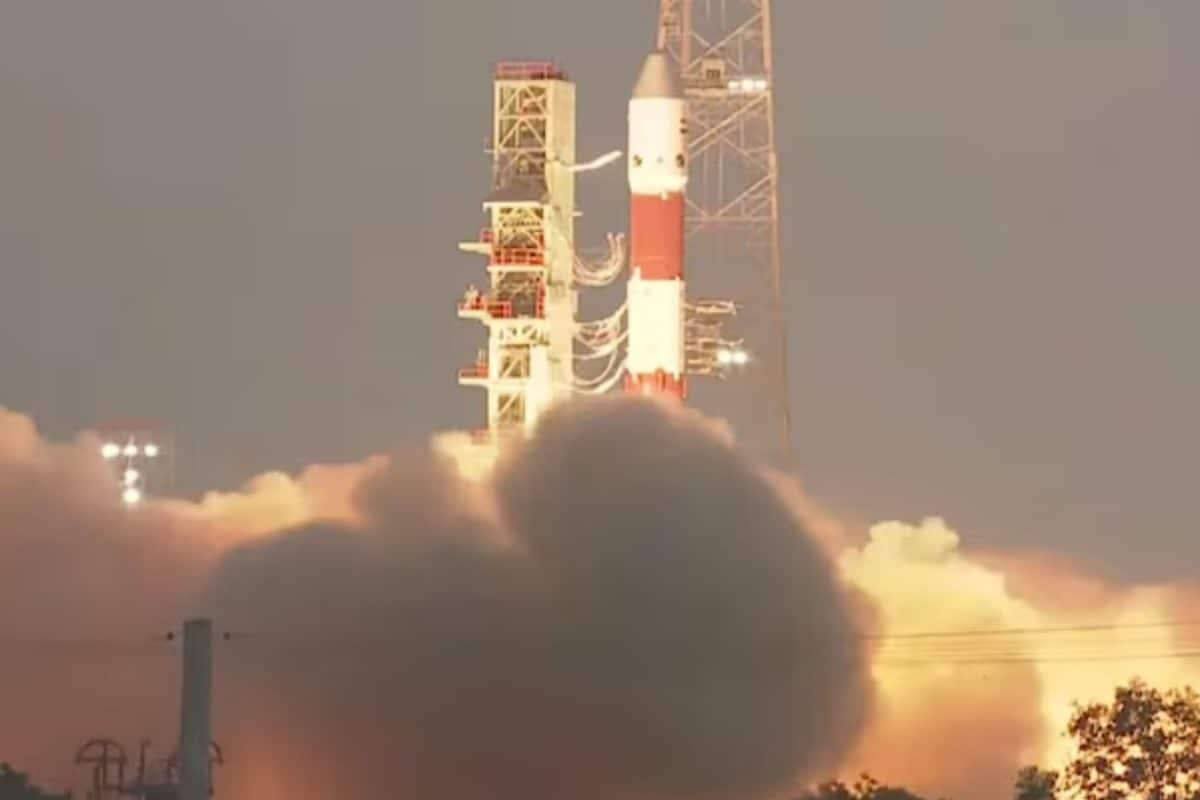

The Indian Space Research Organisation (ISRO) experienced a setback on Sunday, May 18, 2025, as its PSLV-C61 mission, intended to deploy the EOS-09 Earth observation satellite, failed to achieve its objective. The launch, which marked ISRO's 101st satellite mission, took place from the Satish Dhawan Space Centre in Sriharikota at 5:59 AM, but an anomaly encountered during the third stage of the launch prevented the satellite from reaching its designated orbit.
The mission commenced smoothly, with the PSLV-C61 performing nominally through the first two stages. However, an observation made during the third stage revealed an issue that ultimately led to the mission's incompletion. ISRO Chairman V. Narayanan confirmed the failure shortly after the launch, stating that the objective "could not be accomplished" and that a thorough analysis would be conducted to determine the root cause of the problem.
EOS-09 was designed as a follow-up mission to EOS-04 and RISAT-1, carrying a sophisticated synthetic aperture radar (SAR) for high-resolution radar imaging. Its primary purpose was to deliver consistent remote sensing data, particularly for operational users requiring real-time imagery for various applications, including agriculture, disaster management, and strategic surveillance. The satellite weighed approximately 1696.24 kg.
The failure of the PSLV-C61 mission represents a significant disappointment for ISRO, particularly given the strategic importance of EOS-09 in bolstering India's Earth observation capabilities. The PSLV, known for its reliability, has experienced only a handful of failures throughout its operational history.
Historically, previous PSLV mission failures have been attributed to various factors, including issues with stage separation, propulsion anomalies, or payload fairing malfunctions. For instance, the PSLV-D1 mission in 1993, the first PSLV launch, failed due to a programming error and retro-rocket malfunction. In 2017, the PSLV-C39 mission encountered a problem with the heat shield not separating, which resulted in the satellite being trapped inside the rocket.
In the case of PSLV-C61, the anomaly appears to have occurred during the third stage, which plays a critical role in propelling the payload towards its intended orbit. Failures during this stage can arise from various causes, including engine malfunctions, guidance system errors, or structural issues.
ISRO has promised to conduct a comprehensive technical analysis to identify the precise cause of the failure and implement corrective measures to prevent similar incidents in the future. The space agency's commitment to transparency and thorough investigation underscores its dedication to maintaining the reliability of its launch vehicles and ensuring the success of future missions. The findings of the analysis will be crucial in guiding ISRO's efforts to rectify the issue and uphold its reputation as a leading space agency.